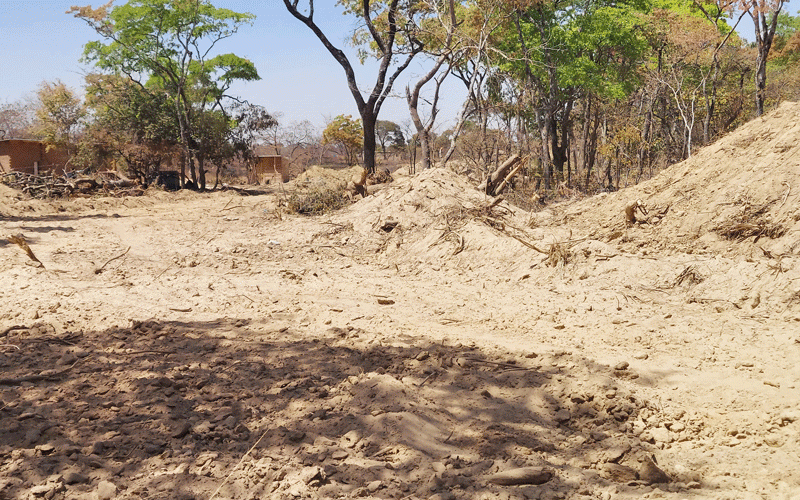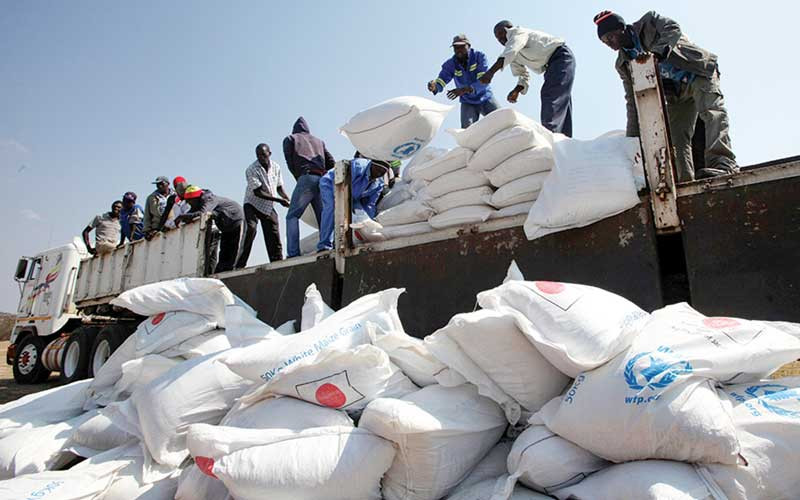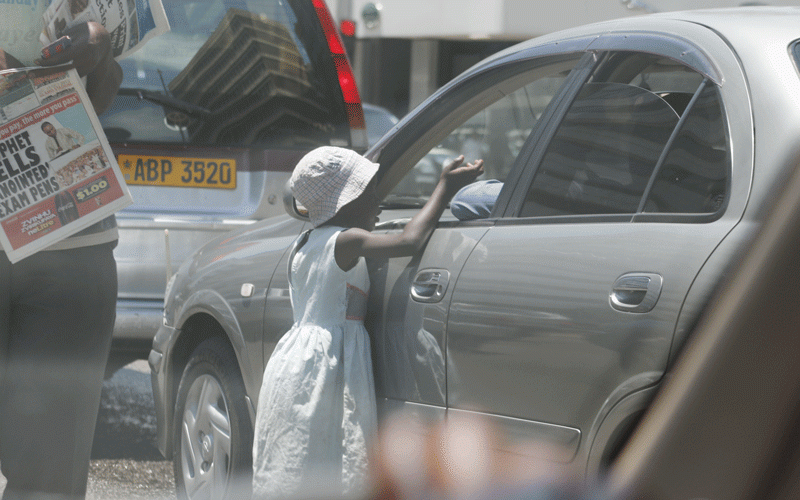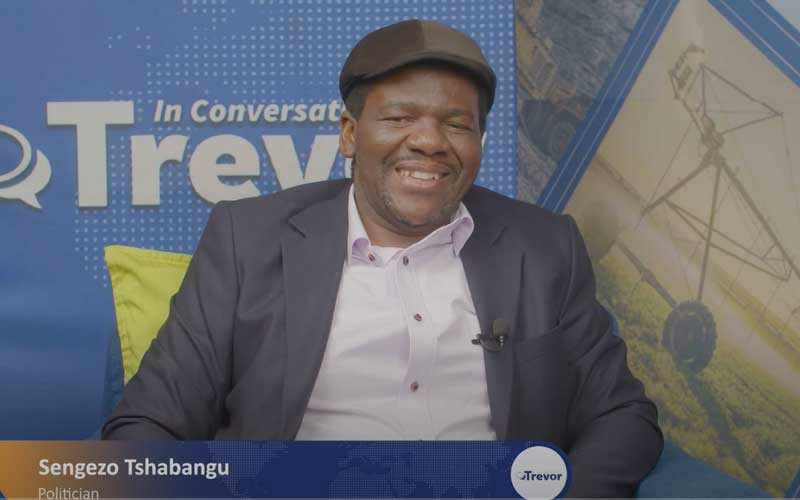
Every morning Mizage Donatien has to prepare for work where he has to come together with fellow countrymen and he enjoys that.
In 1999 Donatien found himself at Tongogara refugee settlement after armed rebel troops pounced at his village in Burundi, killing several people. Donatien managed to break out and joined fellow countrymen who had also escaped similar attacks in their respective villages.
“I came here in 1999 after our village was attacked by rebels and several people were killed,” he said,
“This camp has turned out to be my home for almost two decades. I have missed my relatives for many years, but I managed to start a new life here.”
Tongogara refugee settlement is home to 14 998 refugees of which 74% are from the DRC, with other migrants coming from Rwanda, Burundi and Mozambique.
Donatien has seen it all at Tongogara refugee settlement where most people’s lives are centred on waiting to receive aid.
Seeing fellow countrymen going through complex situations like trying to link with their loved ones inspired Donatien to volunteering.
“Personally, I get a lot of inspiration from helping people,” Donatien said.
- Abductions are a crime against humanity: ZLHR
- Red Cross offers free cancer screening at agric show
- Public urged to train in first aid
- ZRCS feeds 4 250 Mwenezi villagers
Keep Reading
“I go an extra mile to ease suffering and bring hope to fellow refugees.”
Donatien joined a network of volunteers at the Zimbabwe Red Cross Society across the country.
“I became part of the Red Cross family in 2019 and I have been volunteering under the Restoring Family Links programme,” he said.
“I ensure that fellow refugees are connected with their loved ones by using the RedSafe facility.
“I also help with translation.”
Scores of refugees at Tongogara refugee settlement frequent the RedSafe facility established by the ZRCS with the aim of increasing refugees and asylum seekers’ accessibility of services and their families.
The facility also offers refugee services aimed at helping them re-establish and maintain contact with their relatives via internet sessions. It is an addition to other facilities known as RedSafe kiosks established by the ZRCS in Bulawayo, Harare and Beitbridge with the support of the International Committee of the Red Cross.
“This facility is very helpful to fellow refugees, hence you see them as early as 8am every morning,” said Prince Ngoy Kapalata, one of the Red Cross refugee volunteers manning the Restoring Family Links facility in the camp.
“I was a volunteer under the DRC Red Cross, but we were attacked by rebels during our voluntary work, which forced me to flee with my wife and children.
“I am here to continue with my humanitarian work, helping fellow refugees to reconnect with their loved ones.”
Twenty-four-year-old Jojo Mukuta, another Red Cross refugee volunteer, who speaks Swahili, Lingana, French and English, said his contribution was making an impact to the Restoring Family Links programmes.
“I came into the camp in 2017 and managed to learn English and I am trying to speak Shona with the hope of permanently staying here,” he said.
“I am a volunteer here at Red Cross where I help my fellow refugees with the translation, especially in English.”
“I also do the translation of Red Cross messages and other applications,” he said.
Donatien said he was happy that he had assisted a number of refugees, including 37-year-old Anne Malo who left her home in Katoka in Kamanga province in early 2016.
Through the Restoring Family Links programme Malo was relinked with his brother in the United States.
ZRCS secretary-general Elias Hwenga said volunteering carries a large chunk of the humanitarian work of the Red Cross.
“Volunteering has been a part of our network since the foundation of the Red Cross Movement 150 years ago,” Hwenga said.
“We are happy with what the volunteers are doing in helping fellow refugees.
“Our permanent presence within Tongogara refugee camp and proximity to the people, attests to our commitment as the Red Cross to be everywhere for everyone.
“Through the Restoring Family Links programme, we aim to prevent the separation of families, restore and maintain family links and clarify the fate of persons reported missing.”










